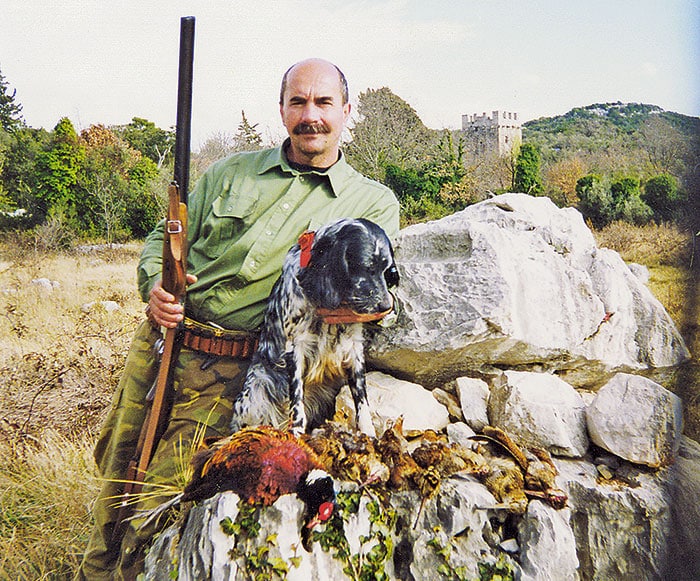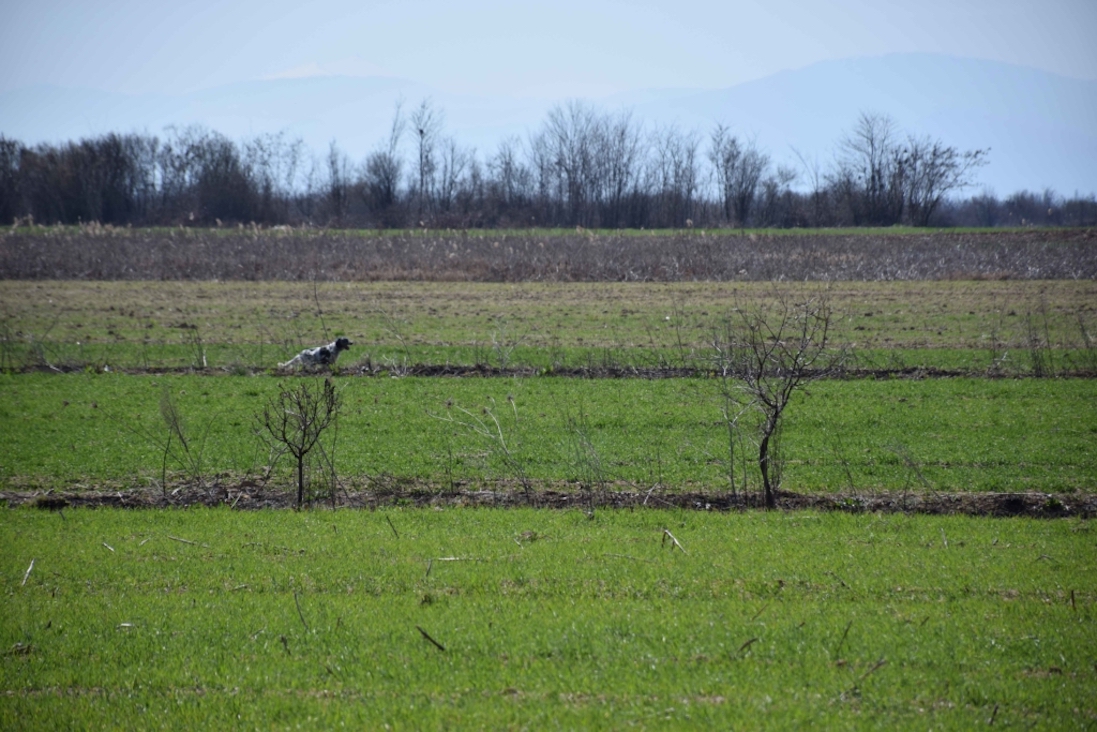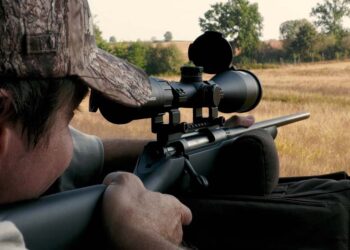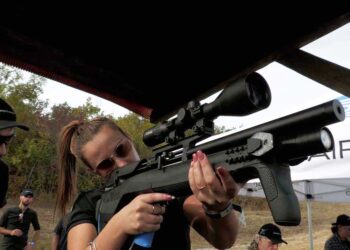 Hunting in Serbia: The Hunting Tourism towards Serbia has established itself in recent years as a valid and affordable reality.
Hunting in Serbia: The Hunting Tourism towards Serbia has established itself in recent years as a valid and affordable reality.
In the development strategy, hunting tourism in Serbia has been given a lot of importance, not only because in the XNUMXs this was one of the main tourist activities, but also because of the variety of game in our hunting grounds. Foreign hunters return from Serbia with good prey, often even with capital specimens, not hiding the satisfaction, also thanks to good organization and accommodation. Report by Jelena Gligoric.
Starting from the fact that about 6 thousand different plant species have been registered in the territory of Serbia, the excellent conditions for the development of the flora have also influenced the variety of the animal world. In short, practically all large game species that are interesting for hunting have found their home in our territories.
We do not exaggerate if we say that some species of big game that in Europe can now only be seen in the zoo, in Serbia live freely in nature. In the National Association of Hunters, they point out that in terms of the number of wolves, Serbia is the first in Europe, and the same could also be said for bears, which are almost extinct in the old continent.
From a commercial point of view, chamois is one of the important hunting species for which several thousand euros are paid for killing. The chamois hunt is considered, among other things, one of the most attractive in Europe. This adaptable game, which migrates easily, has its homes in various locations in Serbia, generally in the rocky and difficult to access parts, and the most numerous is in the gorge of the Drina River.
The epithet of excellent game, in Serbia belongs to the great, or as it is also called, European deer. The hunting season for this species of game is in full swing, and they are hunted from August until mid-February. Our hunters are very proud of the fact that in Serbia, in the second half of the last century, a capital deer was killed which was the world champion for two decades. The main residences are located in eastern Serbia and in the Deliblato Sands, near Belgrade. Although this species is called the European deer, unlike the fallow deer that are present throughout Europe, it is a real rarity in the old continent, which is why it is highly esteemed and the culling is particularly expensive. 
Hunters from abroad in Serbia also hunt roe deer that live freely in nature, while, for example, mouflon is the only game found in reserves. Despite being a Mediterranean species, in its time, the mouflon from the Karadjordjevo reserve had the value of the world champion trophy. The real pearl of the game reserves are also the wild boars that live freely, and the value of their tusks can be compared to the price of an average car.
Nor should we forget the small game which is present much more in Serbia than in most European countries. Here a particular place belongs to the hare, the partridge and the pheasant. There are over 20 reserves of pheasants in Serbs, and the largest, by world standards, is Ristovaca, near Bac, where 300 young pheasants are also bred a year. Depending on the hobbies of hunters who come to Serbia throughout the year, one gets the impression that our country is a rare hunting tourist eldorado in Europe.


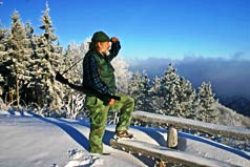 Hunting in Serbia: The Hunting Tourism towards Serbia has established itself in recent years as a valid and affordable reality.
Hunting in Serbia: The Hunting Tourism towards Serbia has established itself in recent years as a valid and affordable reality.











